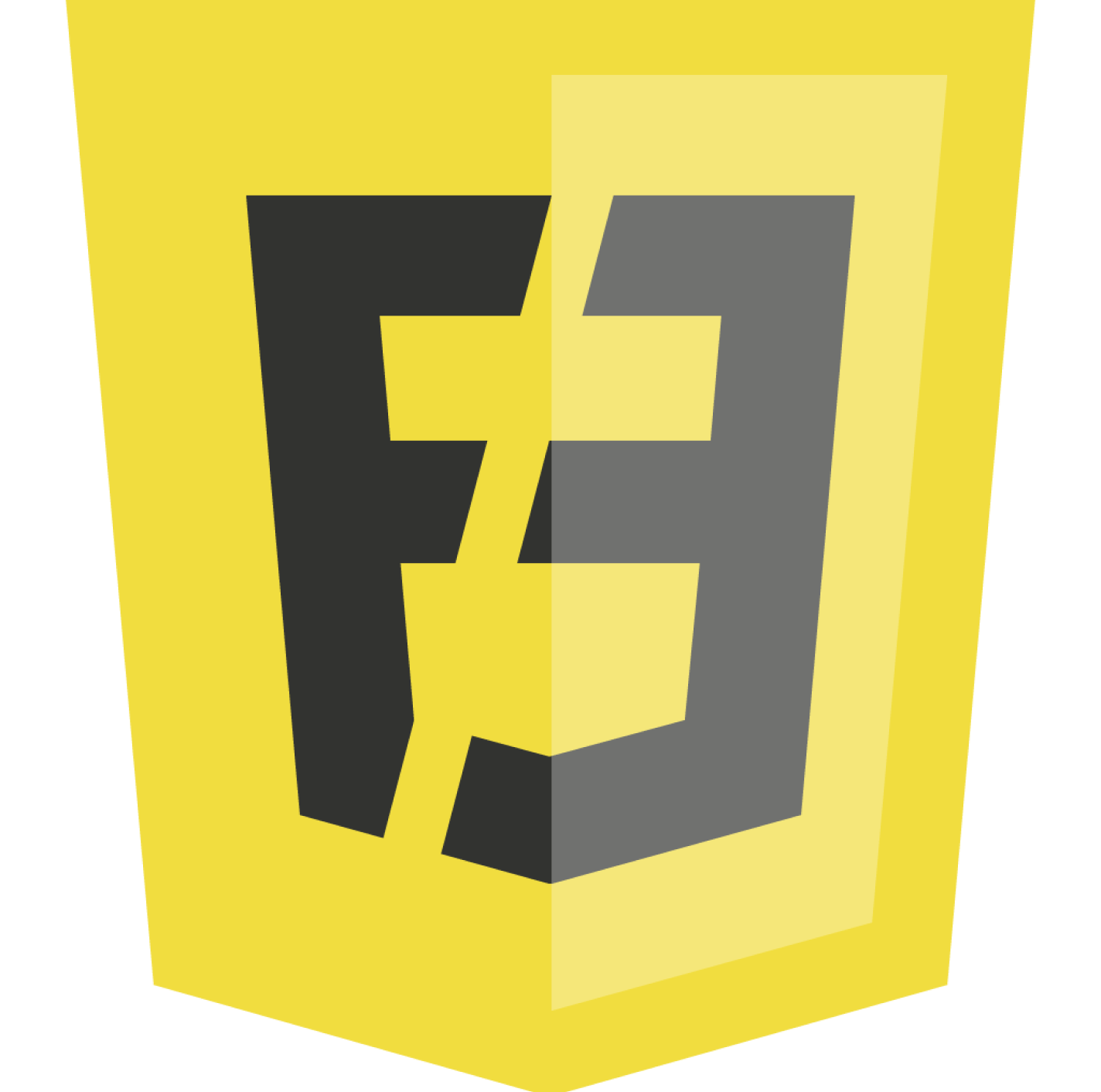

Validity period:
15.04.25 - 22.04.25







FrontEnd Developer (English: FrontEnd Developer) – a specialist who creates and maintains user interfaces for websites and web applications.
Their main task is to "bring to life" the web designer's layout and implement the logic of user interaction with the web application.
Using markup languages HTML & CSS, they create the visual part, while JavaScript is used for complex animations, user logic, and interaction with the server.

JavaScript is a concise programming language, while HTML & CSS are simple markup languages
FrontEnd combines programming, creativity, and style
Your code's result appears instantly in the browser
FrontEnd is one of the most popular fields in IT development
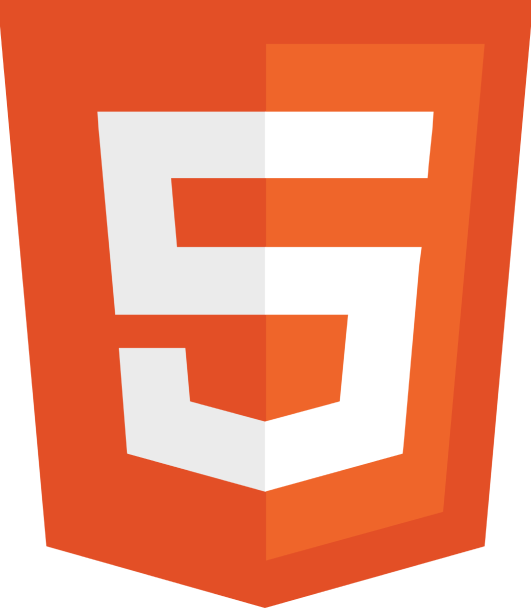
Markup languages HTML & CSS. HTML creates the structure of a website, while CSS styles and enhances it.
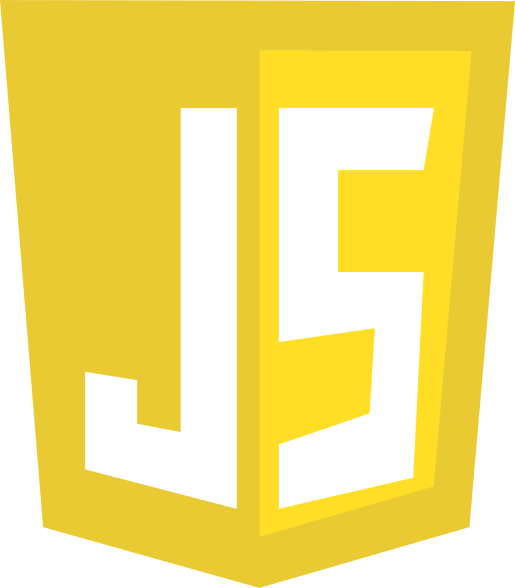
JavaScript is a programming language for creating website animations and client-side logic.
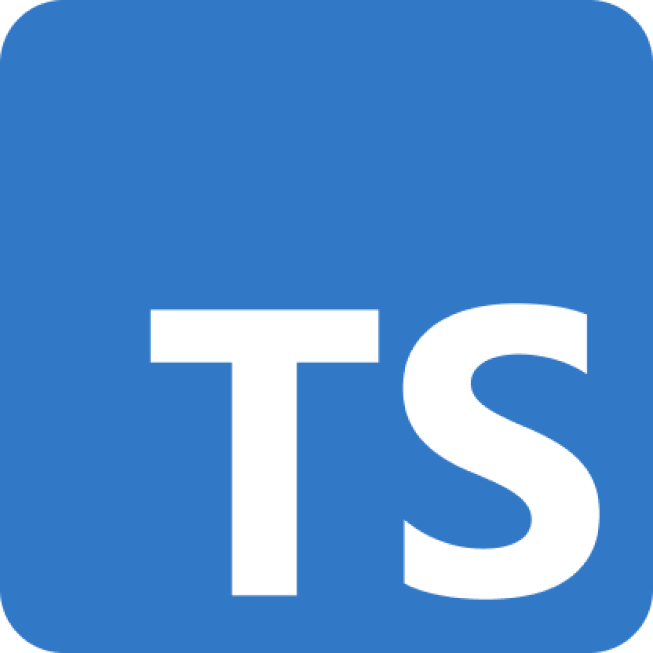
TypeScript is a programming language that extends JavaScript by adding static typing.

Angular is a popular JavaScript framework for building single-page applications with clear structure, flexible routing, forms, and server interaction.
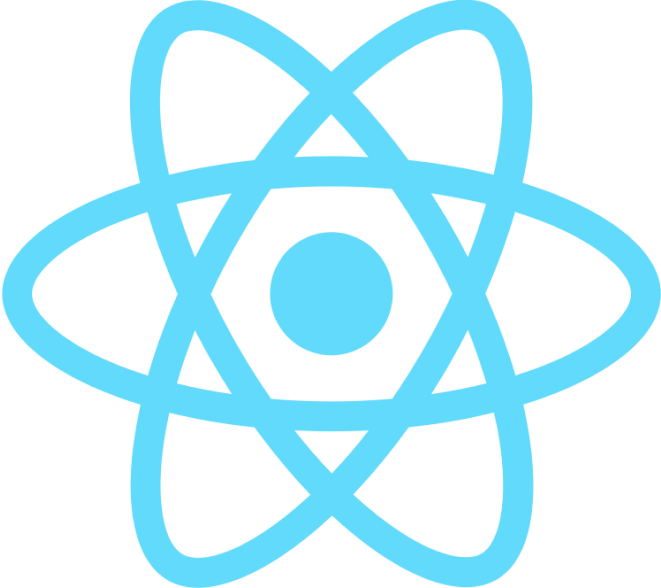
React is the most popular FrontEnd library for developing impressive UIs for web applications.

















Group lessons take place online in Zoom. This is effective live communication. All lessons are recorded and available for replay.

Each lesson has practical tasks that must be completed and submitted in a special LMS system.

All student work is checked, and feedback with ratings and recommendations is provided for each assignment.

In the group Telegram chat, students can always get help and answers from mentors, assistants, and fellow students

After each program module, students take a test and receive certificates confirming their level of knowledge.

Throughout the course, students will complete several course projects, with special attention given to the final project at the end.

Free licenses for professional developer software (IntelliJ IDEA, PyCharm, Webstorm, and others)

Weekly free webinars and workshops with experienced developers and IT experts.

Free online testing on TestProvider.com, certificates, and a Diploma.
![System.String[]](/assets/img/specialities/course-projects/pizzeria-website.svg)
The project includes information about the student, their goals, education, work experience, contacts, etc. This is a one-page website with adaptive layout.
![System.String[]](/assets/img/specialities/course-projects/cv.svg)
The app shows current weather in three cities: Kyiv, London, New York with the ability to switch temperature settings in Celsius or Fahrenheit.
![System.String[]](/assets/img/specialities/course-projects/forecast.svg)
The pizzeria website has adaptive layout and consists of multiple pages— home, menu, order, about us. Each page has specific information and its own logic, for example, on the order page, user-entered data is validated.
![System.String[]](/assets/img/specialities/course-projects/tetris.svg)
The web application is implemented as a SPA and consists of sections such as the catalog, shopping cart, and administration panel. Products can be filtered by several parameters and added to the cart. The product catalog and client database administration functionalities are implemented.
You can take a free test and receive certificates for all the technologies studied in the course.
To receive the Diploma, you must successfully pass the final exam, which includes checking knowledge across the entire course.
Having documents that confirm your level of knowledge is a very important issue at the start of your career and helps in job searching.
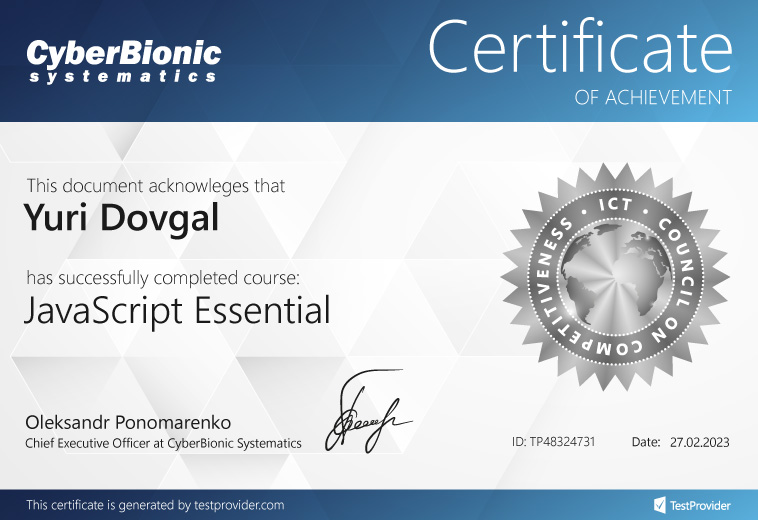
You can take a free test and receive certificates for all the technologies studied in the course.
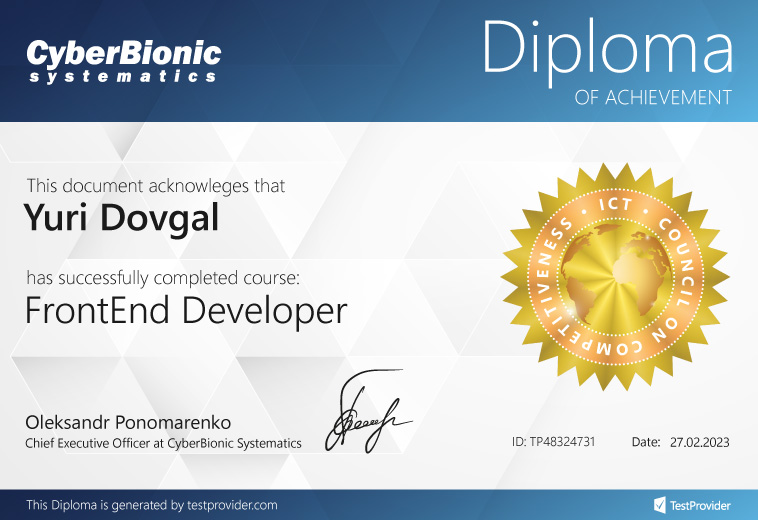
To receive the Diploma, you must successfully pass the final exam, which includes checking knowledge across the entire course.
Having documents that confirm your level of knowledge is a very important issue at the start of your career and helps in job searching.
The internship program is designed for students who want to gain real commercial experience.
Internship lasts 1-2 months, during which you will acquire team working skills, understand software development methodologies (SCRUM, TFS, etc.), learn where and how all the software codes of a large project are stored, and work with the code repository.
This is a very valuable experience that contributes to successful employment, with some students becoming employees of CyberBionic Systematics after the internship!

Gaining experience on real projects

Many different practical tasks

Monthly assessment of practical skills

Personal mentor and progress tracking

Strategy formation for job search

Information about commercial experience in your resume
From the first days of training, an HR specialist identifies the student's goals and creates an individual development plan to achieve these goals.
We provide assistance in creating a portfolio, obtaining certificates, creating a resume, and filling out a LinkedIn profile for job search.
Test interviews with HR managers and technical specialists help identify weak points and provide personalized recommendations.
An HR manager informs students about internship opportunities and open vacancies, and helps students successfully secure employment.
5 payments
5 X3 payments
3 X1 payment
1 X



































Validity period: 15.04.25 - 22.04.25
What do I need to start studying?
To start learning, review the course program you’re interested in, submit an application, make the payment, and come to the classes. Learning at CyberBionic Systematics follows the principle of “from simple to complex.” Therefore, at the beginning of the learning process, it’s important to properly define your base level. To independently assess your knowledge level, you can use the Testprovider resource.

How do you choose a specialty?
At CyberBionic Systematics, you can study popular specialties like Java Developer, C#/.NET Developer, FrontEnd Developer, Python Developer. These areas offer the most job openings in IT companies. You can learn about the specifics of studying and working in these specialties by watching the webinars from the series "How to Become a Programmer?" for the areas you're interested in, or book a free consultation about choosing a specialty.

Will your courses be suitable if I don't know anything about programming?
All training programs for specializations start with the study of the simplest concepts and are suitable for beginners.

I’m not a complete beginner. Can I start at a higher level?
You can choose a course from our catalog based on your needs. Submit an application for the course, and our managers will contact you for more details.

What is the class schedule?
Training is held three times a week for 2 hours. There are morning (9:00 to 11:00), afternoon (11:30 - 13:30, 16:30 - 18:30), and evening groups (19:00 - 21:00). If your group trains on the Tuesday-Thursday-Saturday schedule, the time for Saturday lessons is coordinated with the students of the group.
